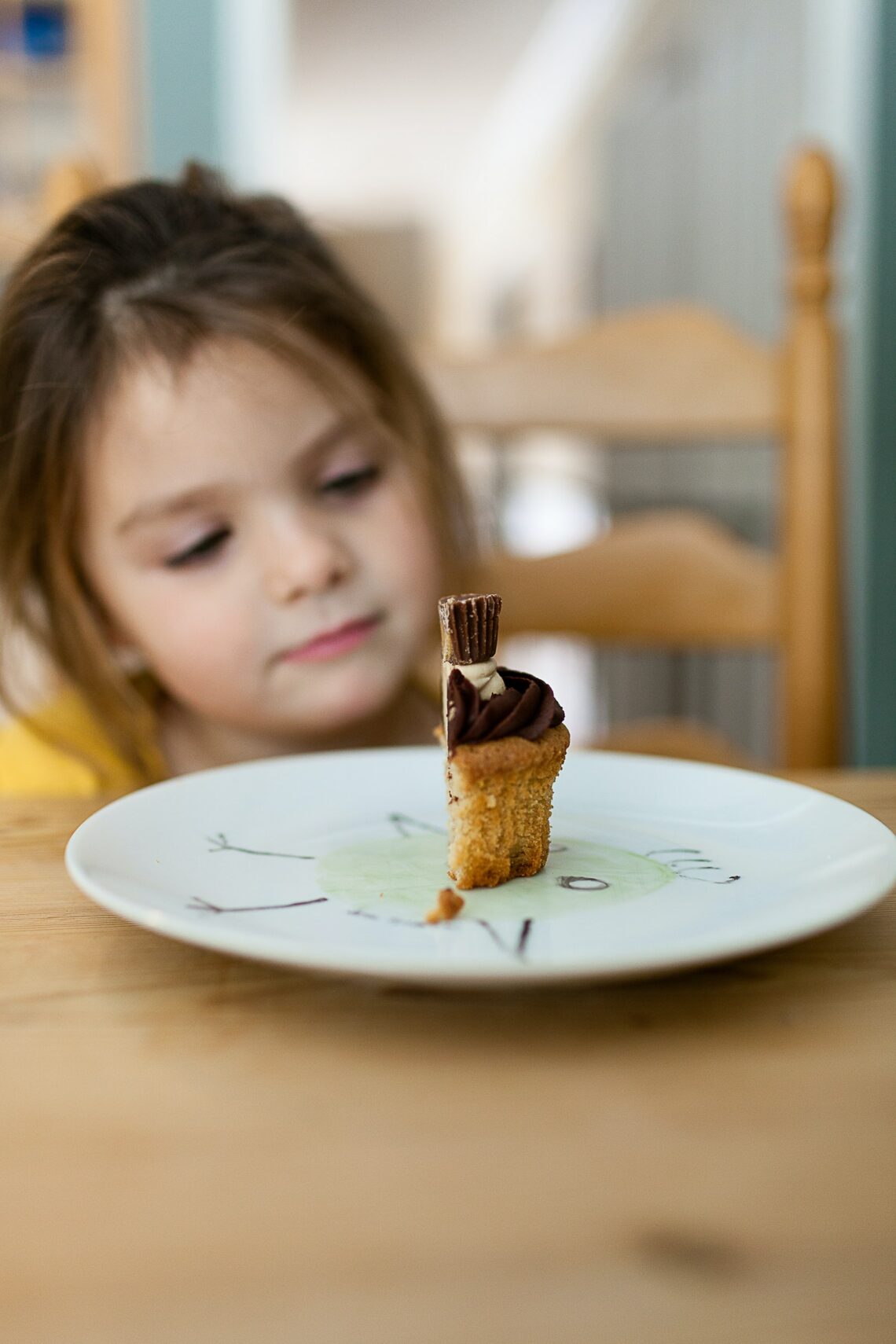Why Practice Mindful Eating?
- To become more mindful of the process of eating-slowing down, savoring, enjoying and eating a sensible quantity of food with thought and care
- Develop a sense of gratitude between the processes and people who helped to bring us our food
- Develop awareness of our own habits in regards to eating (do you eat/not eat when you are stressed, happy or sad?)
Mindful eating can transform a basic everyday need (food) into an opportunity to connect with ourselves and others. Mindful eating has many positive benefits which include: enjoyment, compassion, physical and mental health, and also a sense of control over what we choose to put in our bodies. I know for myself, I can completely forget to eat when I am busy and then compensate with late night snack bingeing (I can’t be alone on this one). Another habit many people have is mindlessly eating ‘on the go’. Our society deems it totally acceptable to multitask while eating; grab a snack and go for a walk, answer emails while you eat your lunch, hit up the drive through and eat while you are driving. It can even feel a little awkward to NOT do something while you are eating but it is through mindful eating that we can increasingly get in touch with our thoughts, emotions, and body sensations around food. So how do we mindfully eat?

Not like this….
Suggested Steps for Mindful Eating
- Prepare your food mindfully and with intent
- Arriving-sounds a little awkward but what is meant by this is to take a deep breath and prepare your mind
- Observe-check out your food (and no, taking pictures does not count). Pause for a moment and experience gratitude for what you are about to consume.
- Intention and choosing
- Seeing (textures, colors, shapes)
- Smelling
- Placing (in your mouth)
- Savoring (chewing, tasting and swallowing)
- Fullness-How the food feels in your body and checking for satiety
Practicing This in the Classroom
Teaching and practicing mindful eating in the classroom can show our students that what they consume matters. Food can bring up strong emotions for a lot of people so you want to keep the practice light and fun. Also, do not expect long contemplative silences from a group of young children. Most importantly, have the students reflect on the practice by asking questions such as: How was that experience in your mind/body? Was it different from how you usually eat? In what ways? How do you feel when you are invited to consider where your food came from? This reflective piece will help to promote positive eating habits in the future.
Take Away
We will not always be able to eat mindfully, I am not sure our society would accommodate that practice but I found it helpful to allow myself a few minutes each day to consider what I was eating, how I was eating it, and expressing gratitude for the food I consume. My children also really appreciated the process and have since been practicing mindful eating by themselves and with each other. This is a practice that I would try again with my future students.
Sources: Nhat Hanh & Weare (2017). Happy Teachers Change the World : a guide for cultivating mindfulness in education. Published by Parallex Press.
Gif retrieved from https://giphy.com/





